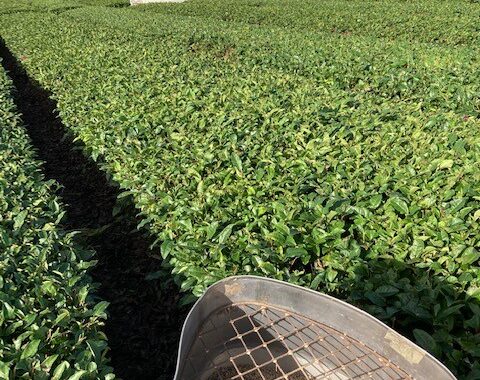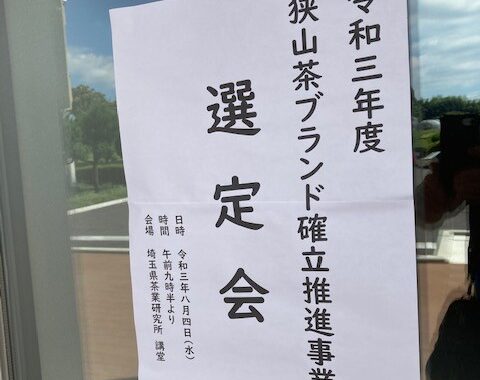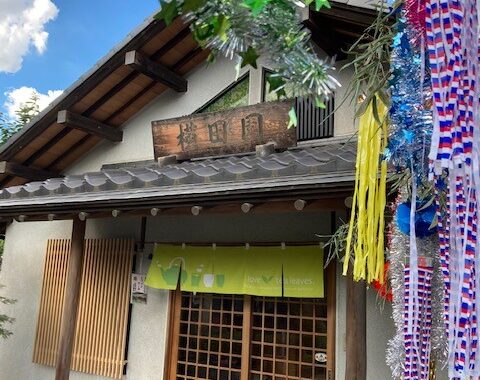In such a place
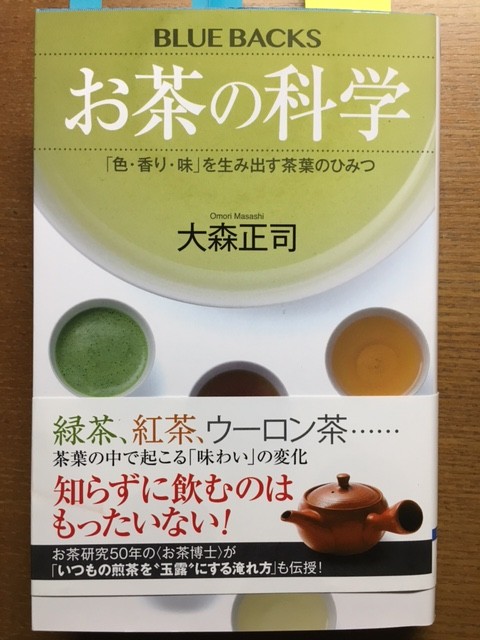
“Science of the tea” that was released in May (blaubok)
The author is Masaji Omori of the professor emeritus at Otsuma Women’s University.
There are a lot of Japanese green tea-related books, and the chief director of association of NPO corporation Japanese green tea spread is acted as and is the which it is said when it comes to tea by all means, and the name comes out to.
The classic new book series of the Kodansha publication that can read a scientific story speaking of blaubok easily.
When it is drink-related and goes, there is “science of the coffee” that I lead, and was published.
This book,
I hold down “basics” of the Chapter 1 tea
Where did the Chapter 2 tea come from?
Chapter 6 tea and health to scientize “delicious how to serve” scientific Chapter 5 tea of a color, a fragrance, the taste of the Chapter 4 tea until Chapter 3 tea leaf becomes the tea
The tea that Chapter 7 evolves
It is constituted seven chapters mentioned above.
in The opening part “beginning”, I drink a taste of the tea called “the full-course meal of the tea” thoroughly, and methodology to taste it exhaustively until I eat used tea leaves finally appears.
It is written down in Chapter 1 from the part of the definition called something with the tea even by one tea plant that I can make green tea, tea, oolong tea and various types of tea.
In addition, green tea, oolong tea, various kinds of the tea and basic great erudition are written and are touched about the dark brown.
It is written I begin in the history of the tea in Chapter 2, and how tea spread from the place of origin of the tea.
There is a description when an author went to Yunnan or Myanmar for search for origin of the tea in that.
In addition, about a spontaneous generation theory and the visit theory of the tea in Japan, the DNA analysis is placed as the story that I intertwined, and it is introduced about an expanse and tea of the production of the tea, the introduction to Japan of the oolong tea.
In Chapter 3, green tea, tea, oolong tea, a manufacturing method of the dark brown are easily introduced.
at dark brown, a story of the reproduction of the stone hammer dark brown that the author is concerned with is given.
In Chapter 4, it is described an ingredient of tea constituting a color and a fragrance of the tea, taste.
This part is plain in the too conventional book and explains the change of the ingredient of the tea by the processed tea process that has not been explained.
When you changed time or tea leaf quantity by the extraction of the ingredient (the amino acid of the taste ingredient or catechin of the bitterness ingredient) of the tea in Chapter 5 that you scientize “delicious how to serve” tea, how do you change? I transcribe it in を graph.
I introduce recommended how to serve tea to a base in it.
There is a considerably detailed description about the Japanese green tea and is touched about tea, the oolong tea a little.
There is just a few it, but, about hard water and soft water, the preservation, there is a mention.
In Chapter 6, the introduction about the ingredient which seems to affect the health in an ingredient of the tea is accomplished concerning tea and health.
In addition, it is listed about the gabardine Ron tea which an author is concerned with deeply.
I introduce the history of the trouble to becoming it and a new sampling method, a form and, in last Chapter 7, am considered plastic bottle drink of the tea.
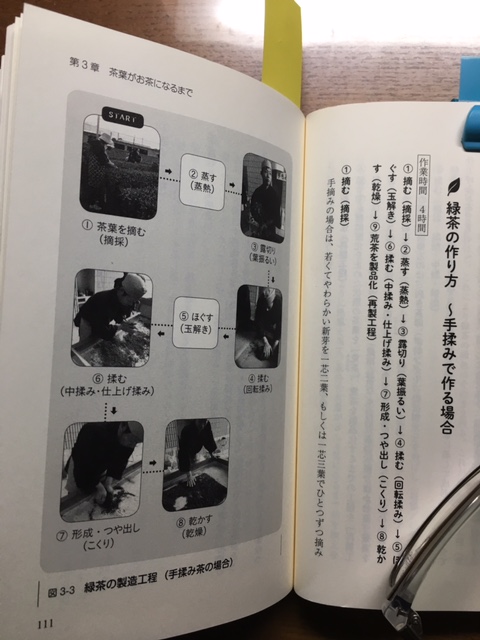
I have I rub a hand of Our sixth generation Takahiro Yokota and place scenery of the tea production in 111 pages of “manufacturing processes of the tea which you rubbed with a how to make Chapter 3 green tea – hand” of this book.

In addition, “the tea which I rubbed by hand” jostled Takahiro Yokota is placed.
Knowledge on a wide variety of subjects of the tea which wants to talk to the rather famous art and person whom I am usable immediately and want to try is plain, and it is introduced.
I think that you can read slowly while drinking tea for long autumnal night.

